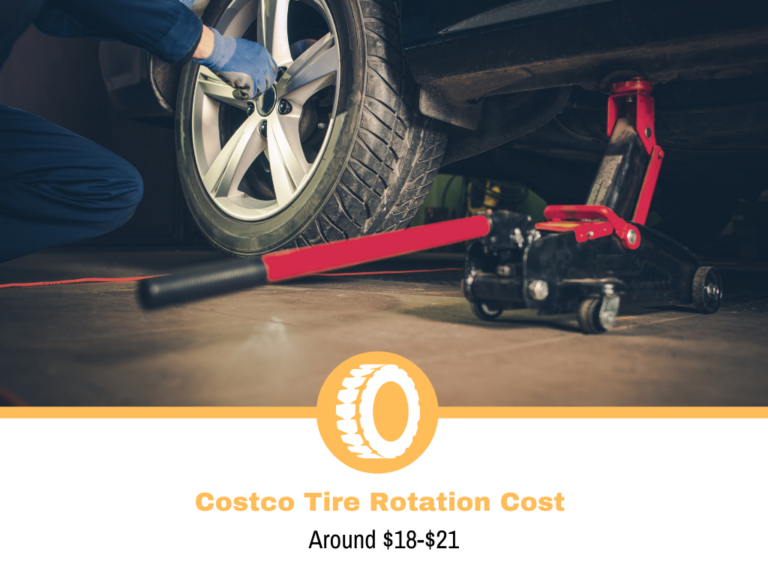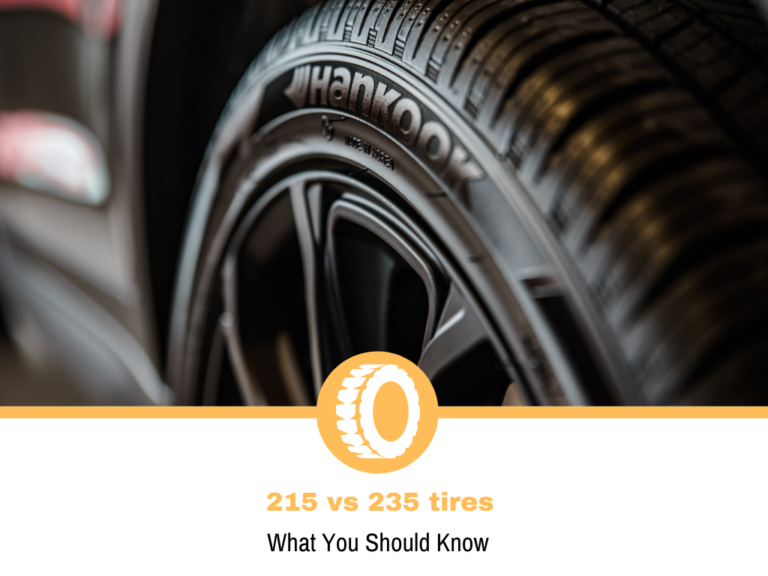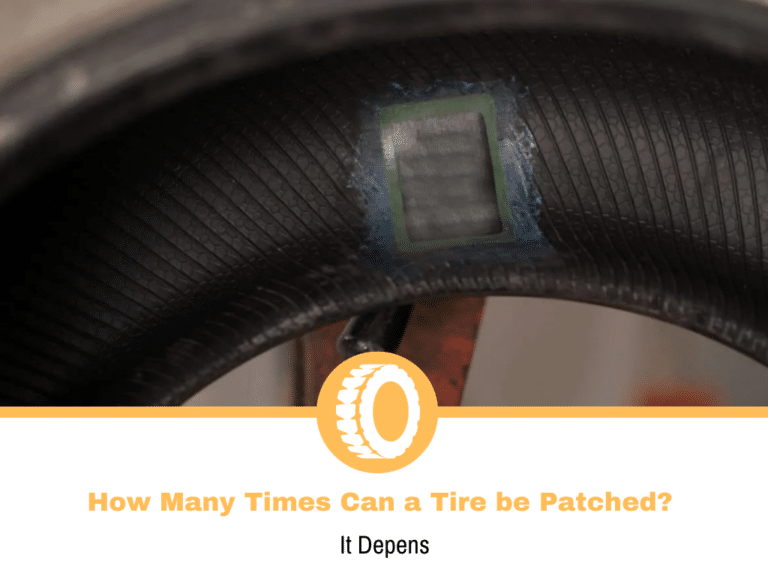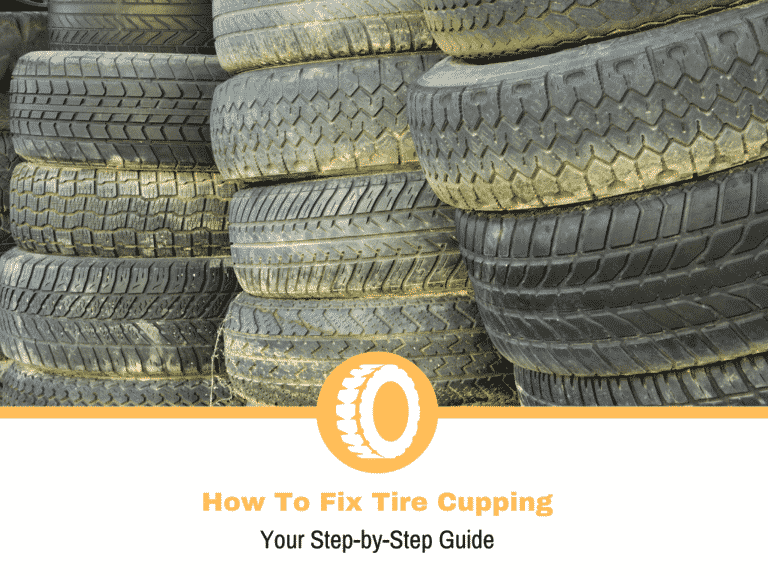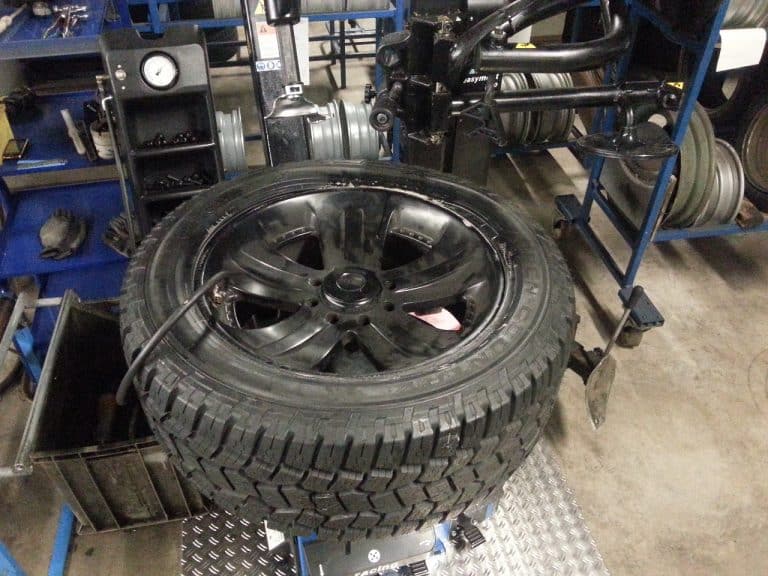How Much Do Used Tires Sell For?
Have you ever considered buying used tires? But you already have used tires mounted on your car that need to be changed, don’t you? Well, some folks are changing tires more frequently than others. Not everyone waits for the tires to get that shiny slick look before they change them.
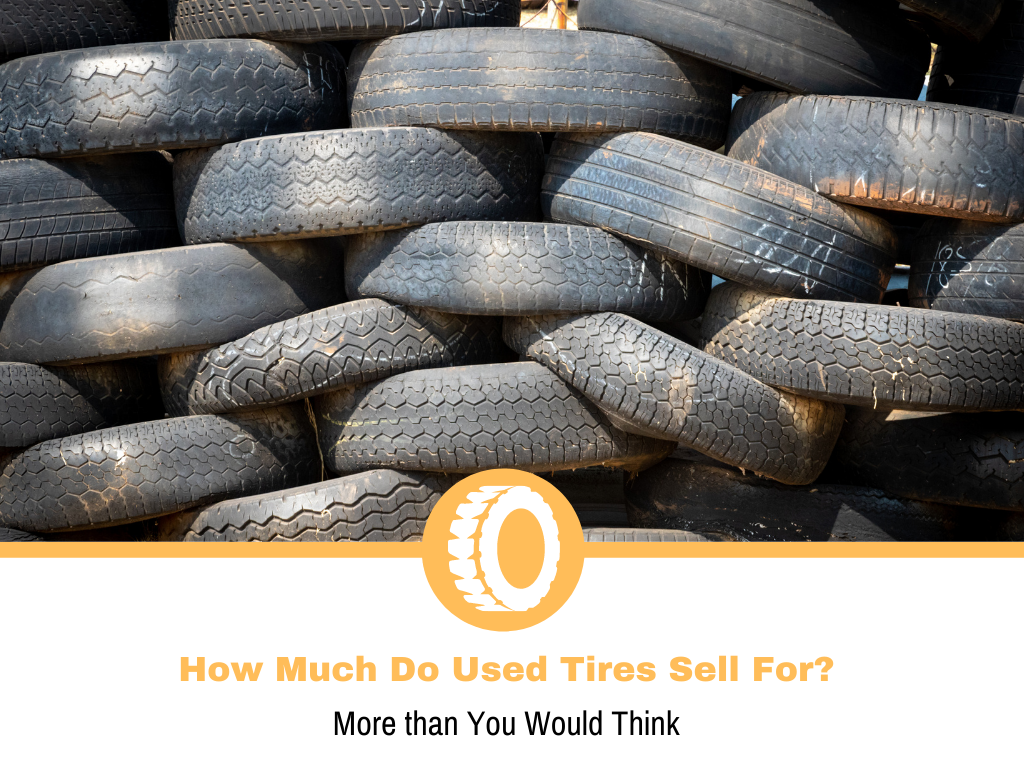
Jokes aside, the cost of buying brand new tires can be a pain. Especially if you own a sports car, pick-up truck, or an off-road/SUV equipped with with a 20 plus inch tire. For example, those tires can cost north of $400 for Yokohama Geolandar X-AT a piece! A quick calculation will bring you to a total of $1600 for all 4. What about used tires? How much do those cost?
How Much Do Used Tires Sell For?
Well depending on various conditions, like the tire tread wear, it can be as far as 40-60% of the price of the new tire. The logic behind that should be 40% tire tread wear, 40% of the price of a new tire, but it also depends on the dimensions and e t.c. So, it is actually a fair amount of money that you can save on buying used tires. Easy-peasy? Not quite. You should do some research in order to avoid any traps and be better prepared to choose the right tire.
What to look for while choosing used tires
- Tire damage
- Retreaded tire
- Tire age
- Tire tread
- Origin
Tire damage
Well, obviously you should check for any visual damage as, after all, we are talking about a tire that was used, probably, every day. Beware of any chips and damages sustained from parking a car by the sidewalks, for instance. Another reason for worrying is damage that can appear while running over a pothole, especially the ones that are not properly leveled and have nasty sharp edges. The cut damage from hitting a pothole or a sidewalk is one thing but a bulge can also be dangerous as it disrupts the integrity of the tire and can potentially lead to a flat tire with an explosive bang effect. Highly dangerous!
And after all, any damage can be acceptable if the repair is done right by the professionals. Any honest repair shop will do this as it should be done and any patch or tire plug shouldn’t be a thing to be worried about. If the tire patch is made to the sidewall, tire tread shoulder, or belt edge, then you should avoid these used tires and that used tire shop altogether. That is not a safe tire.
Retreaded tire
When the tires are worn enough to become unusable, there is the option to be retreaded. That means that a new layer of rubber tread is laid down in order to make the tire usable again. The biggest benefit here, besides the lower price compared to buying a new tire, is one less used tire thrown away. This means that there is no need for another waste of energy in order to recycle a tire, or even worse for the tire to be just laying around and piling in someone’s backyard.
While there are a lot of companies that are using this technology to “bring back the life” to the tire, there is also a good reason why big manufacturers are not retreading their tires. Should you avoid a retreaded tire? It is up to you. There is a possibility of the retreaded tire delaminate which can lead to the obvious dangerous situation. The smartest thing to do is to check the retreading company’s background and see if the customers have some complaints about any problems.
Tire age
The tire age is one of the most important indicators, besides the tire tread wear that you should consider when buying a used tire. A general opinion is that a tire can be used up to 10 years, but be aware as the older it gets it loses the ability to maintain good contact to the road due to the loss of elastic characteristic of the tire. That is why car manufacturers recommend changing a tire at a maximum of 6 years in which period a tire can still retain its optimal characteristics.
How can you determine the tire age? There is a four-digit DOT code on the sidewall of the tire that shows us the week and the year in which the tire was manufactured. For example DOT code 1017 shows that the tire was manufactured in the 10th week of the year 2017.
Tire tread
The tire tread wear can be easily measured if the tire was properly used and evenly worn. If there is an anomaly that indicates uneven wear of the tire, don’t buy it! Uneven tire wear shows that either the driver wasn’t very gentle with the vehicle hence the tires, or that his vehicle wasn’t technically OK, or the tires weren’t aligned properly. Those tires won’t do any good to your car, buddy.
The easiest and the most usual test for measuring the tire tread depth is by using a penny coin.
Just insert the penny into the tire grooves, with the head of the famous president upside down, and check if the head is covered by the tread or not. If the tip of the head is covered then the tire tread is at least 2/32 inches, which is just enough. Repeat this test on various parts of the tire tread to be sure that it is evenly worn. Anyway, this is the bare minimum and you should avoid this tire as it will be a bad investment unless you are selling your car and don’t want to invest much.
If you are buying used tires and still want to be safe and sound, then you should know that tire tread is directly related to performance. Of course, the tire compound is the biggest factor, but the tire tread can affect the performance, especially the stopping distance while braking. For example, a new tire with 10/32nds tread can be almost double more efficient under braking than a heavily used tire with 2/32nds tread. Safety is most important and you should have this information on your mind when choosing a used tire.
If you are driving on snow this is even more important.
Origin
Why is that important? Well, up north, on the snowy roads, the tires could be potentially exposed to salt which can damage them if not used properly or washed after driving on a road paved with that raw salt. On the other hand, if the tires were used down there on scorching Tennessee sun, then there is a good chance that no matter how “young” the tires are, they are probably unusable as they’ve lost all the flexibility and can deteriorate sooner than usual.
So the origin of the used tire is a very important factor but is also very difficult to detect especially if you are not buying them from the owner on ads, rather from a shop that can’t guarantee that information.
Conclusion
If you are expecting to get a straight answer if you should go ahead with buying a used tire instead of a new one, well, that is up to you and your personal estimation. Whether you need to change your tires because the lease is coming to the end or you are looking to sell your car, or you need to change your tires because yours are finished, used tires are a great option. You’ll save a lot of money, which in these pandemic times can make a difference, and you’ll also be able to choose a tire model that was maybe unreachable when new.
Yours truly had an unpleasant experience with used tires that had sufficient tire tread but they were old enough to perform like driving on ice. The other bad news is that those tires were fitted on a 2008 Yamaha FZ6 and I had 2 months of riding experience at the time. So of course I fell off the motorcycle because I wasn’t able to stop when needed. The good thing was that I arrived in the middle of the corner riding at 20 mph so the fall wasn’t very heavy, but the bad thing was that I took my wife with me on that ride. So my wife’s broken palm as a result of all that and a very expensive lection about research for used tires.
My point is that the tires are the only thing that keeps you safe on the road so you have to be thorough when researching for used tires and you’ll be just fine. Don’t be naïve and use all the knowledge that you’ve learned in this article and go out there playing detective. Buying used tires doesn’t have to be a boring thing especially if you know a trick or two about it!
